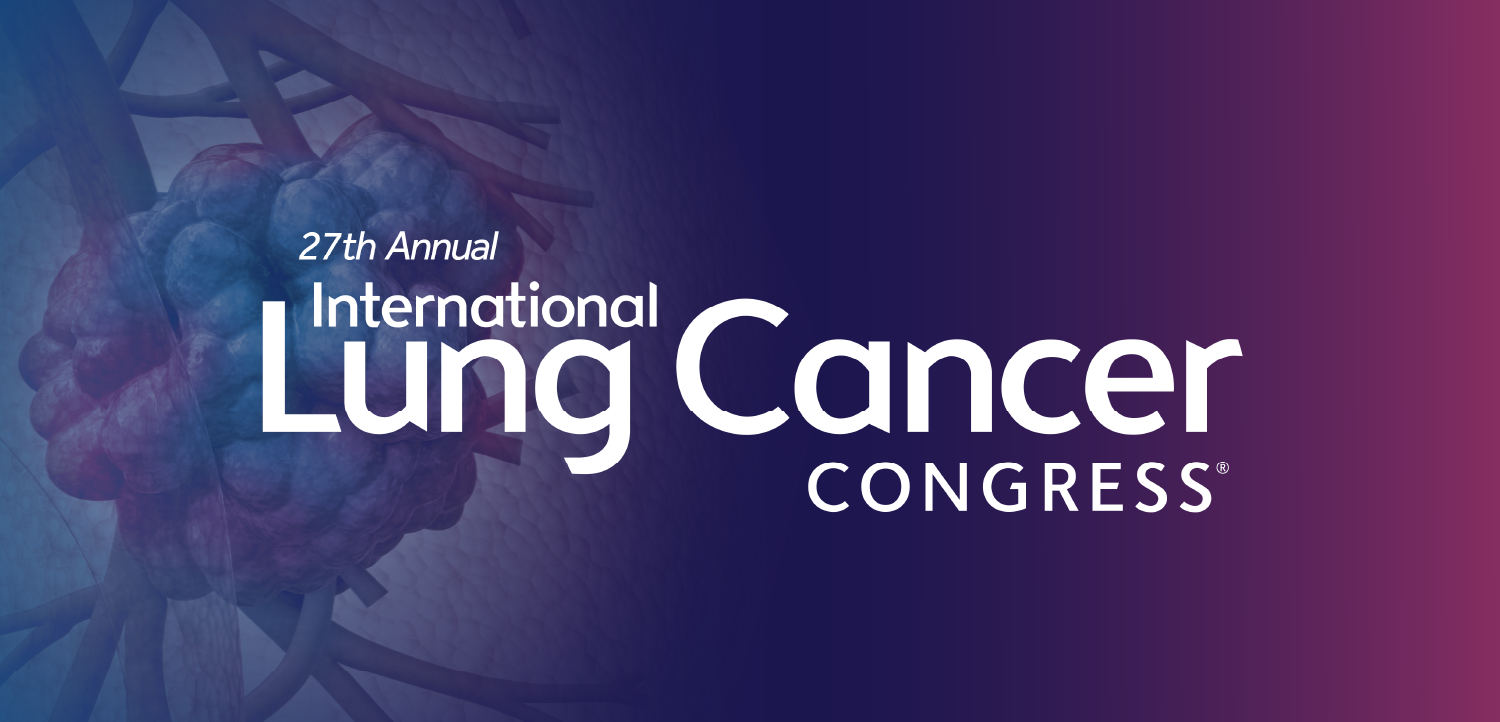Global sourcing gains traction in healthcare payer contracts
Outsourcing in the United States represents a $108 billion dollar business and is forecasted to have a 7.6% growth rate over the next five years according to Gartner research. Outsourcing is mainstream reality, not an eclectic niche or obscure industry. While healthcare payers have been increasing their use of outsourcing, they still lag behind other comparable industries.
Outsourcing in the United States represents a $108 billion dollar business and is forecasted to have a 7.6% growth rate over the next five years according to Gartner research. Outsourcing is mainstream reality, not an eclectic niche or obscure industry. While healthcare payers have been increasing their use of outsourcing, they still lag behind other comparable industries.
The biggest trend in the payer outsourcing area is the emergence of global sourcing as a viable option for application development, IT and business process outsourcing. Until recently, the global sourcing market has not seen much traction in healthcare payers' outsourcing contracts, with the exception of niche claims processing and limited transcription services.
However, the offerings from service companies located outside the United States have evolved and matured; many U.S.-based service companies have grown global sourcing capabilities as well. The combined advantages of global sourcing are proving very tempting to healthcare payers. As a result, global sourcing is increasingly being integrated into new and existing outsourcing contracts.
Global sourcing offers many advantages, including:
Outsourcing has many advantages over in-house processes. Successful outsourcing arrangements can increase the quality and consistency of healthcare delivery while delivering predictable and usually lower cost. Outsourcers are able to deliver cost savings using many different techniques, each appropriate to the type of outsourcing arrangement.
For example, in infrastructure and hardware maintenance agreements, cost reductions are driven by automations that the outsourcer owns/developed and claims processing savings are based on economies of scale. However, for labor-intensive tasks such as help desk and application management, the savings come from labor arbitrage.
India is perceived as the predominant global sourcing destination. Looking at relative cost of labor alone, India's large labor differential seems to make it the best choice. However, there are factors other than labor that should be considered. There are also destinations apart from India to consider as well.
Globally delivered outsourcing requires assessment of many factors, including the level of scalability that can be achieved by sending that process overseas; the ease of execution inherent in the process; the proximity to the service recipient; degree of client interface and potential for cost savings because of labor arbitrage.
Canada conducts business and follows processes in a manner similar to how business is conducted in the United States. This can affect the ease with which processes can be transitioned. Moreover, the cultural affinity between English-speaking United States and Anglophone Canada is much higher than with India; the same logic holds true for the Hispanic population of the United States and the Spanish-speaking call centers of Mexico or Central America.
John-David Lovelock is principal analyst with Gartner's Industry Market Strategies group focused on the Healthcare Industry Worldwide.
Newsletter
Get the latest industry news, event updates, and more from Managed healthcare Executive.


















































